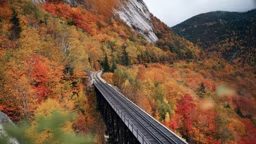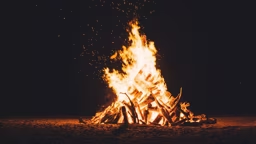
Here are some safety tips I’ve learned through training and experience:
-
Consider factors like the time of year, terrain and route. Get information before you even leave home by checking online for things like official trail condition reports so you know what to expect. For example, check out this website for Rocky Mountain National Park.
-
Know the weather forecast and dress for the conditions. Layering your clothing is the best way to stay comfortable. Next to your skin is the base layer, and here you want underwear, tights and t-shirts made of fabrics like merino wool or Patagonia Capilene that transfer moisture away from your body. The middle is the insulation layer; its purpose is to retain heat, so put on a wool sweater or a goose down vest. The outer layer, known as the shell layer, is for protecting you from snow, rain or wind. The key here is to wear a fabric like Gore-Tex that keeps you warm and dry but breathes so perspiration can evaporate away instead of being trapped inside your shell.
-
Always pack more than enough food and water. (My hiking buddy, after he and I ran out of water, wasn’t very happy to learn first-hand about the dangers of dehydration by having to carrying me and my backpack out the last two miles of our hike.)
-
Check and pack other essentials such as a headlamp or flashlight with extra batteries; map, compass and GPS (optional); first-aid kit; a lighter and fire-starter kit; appropriate protection such as sunscreen, a warm hat and gloves; knife or multi-tool; as well as signaling devices like a whistle, cell phone or radio.
-
Do not go into the mountains alone. Plus, it is crucial to tell a third party back home where you are going and when you will be back, and describe your expected route. When you are exploring, never separate from the group.
-
Always double-check your gear before you leave. (I found out that forgetting to pack our lunch before a long day-hike can lead to meager rationing of trail mix and less-than-pleased companions.)
-
Make smart decisions, and don’t overestimate your experience and fitness level. For example, if you want to summit one of Colorado’s 14,000-foot peaks for the first time, only attempt to do so if you’re in suitable physical shape and in the company of an experienced, trustworthy mountaineer.
-
Be prepared to act in a case of emergency. Before embarking on a mountain adventure, talk through possible scenarios with your companions, e.g., What if the weather suddenly changes? What if someone gets hurt? What if we’re stuck in the mountains after dark?
-
Be flexible, and adjust plans as needed. Having a “Plan B” can make the difference between enjoying a memorable trip and suffering a difficult learning experience.
-
If things do go wrong, stay where you are, stay together, keep calm.
Famed mountaineer Reinhold Messner once remarked that the “mountains are not unfair, they are just dangerous.” The mountains will always hold danger, but you can improve your chances of safe adventuring by being prepared.
Josh Temes is an experienced adventurer, backpacker and camper with thousands of miles logged across the United States. His favorite outdoor experience has been a thru-hike of the 215-mile-long John Muir Trail in California. In the summer, he works as a Ranger at Philmont Scout Ranch in New Mexico.










